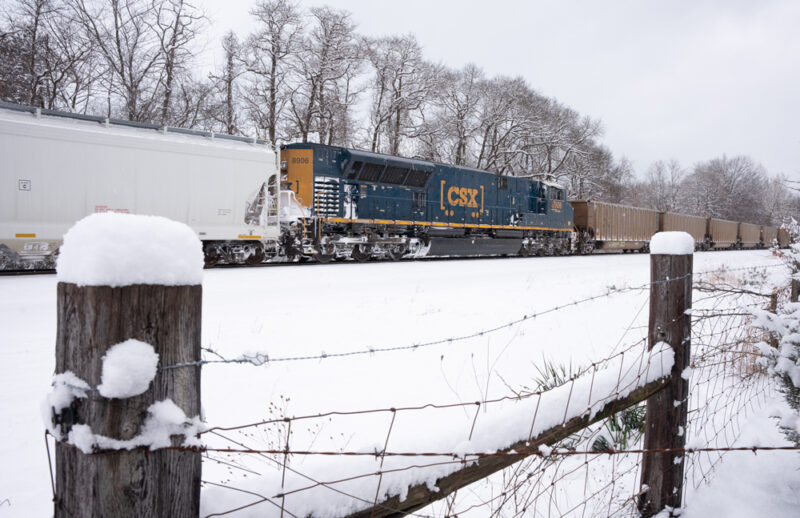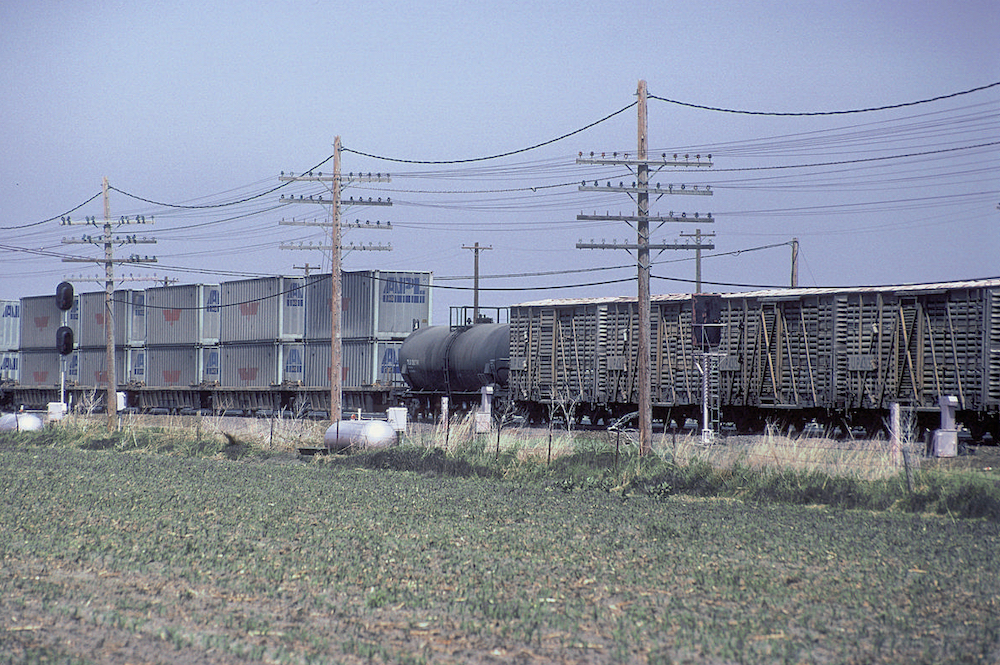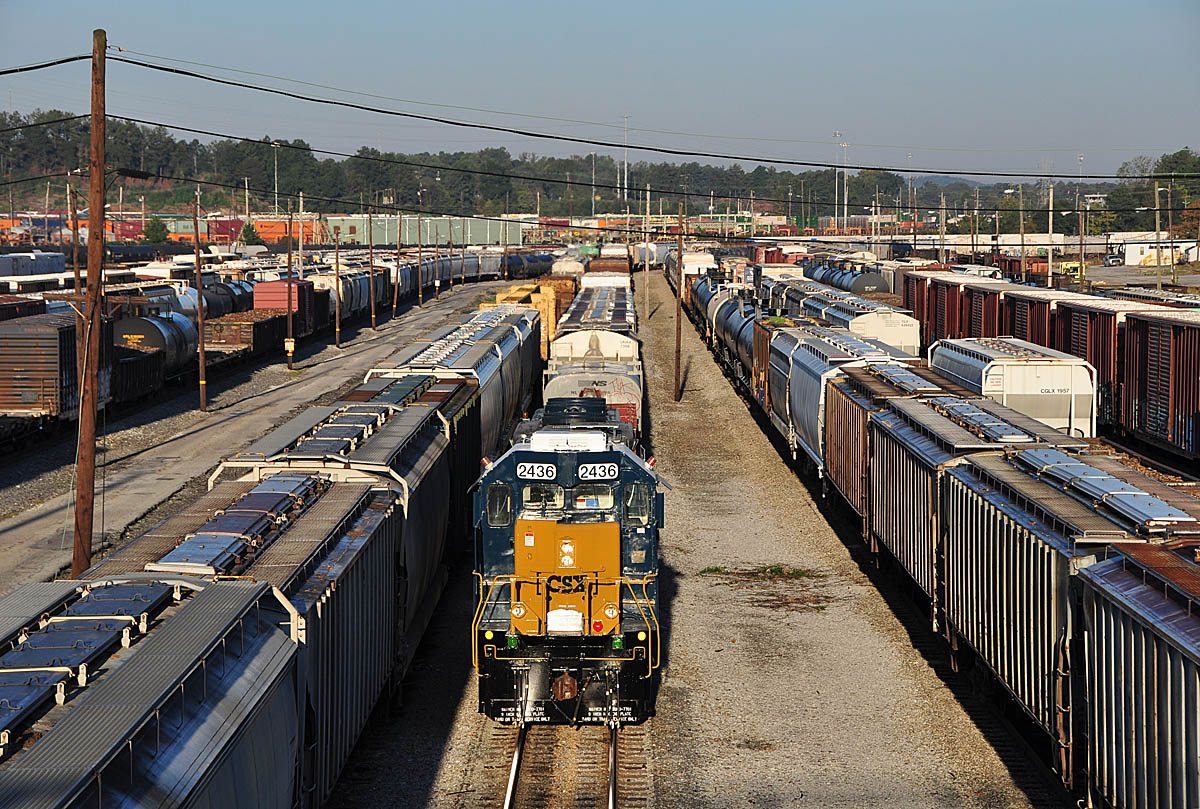Distributed power

Placing locomotives at various locations within a train is nothing new, although the latest technology has improved the operation and extended the length of trains. The adoption of Precision Scheduled Railroading by most Class I railroads accelerated the push to make trains longer, lowering crew starts, and improving train handling in most situations. Distributed power (DP) also allows longer trains without exceeding the limits of the freight cars.
How do railroads determine where to put distributed power? The requirements are different for every railroad, and variances also exist within each railroad, depending on such things as the type of train, the demands of the territory, and the locomotives being used.
The advent of microprocessors on locomotives and AC traction dramatically increased the pulling force for each locomotive in the last 30 or so years. To make sure the correct amount of pulling force is assigned to each consist in a DP-equipped train, railroads have established tables to rate each locomotive according to its output, with newer units always exceeding the actual number of axles it has. For example, Union Pacific rates a four-axle EMD GP40-2 locomotive at 4.5 equivalent powered axles, a six-axle SD40-2 at 7.1 equivalent powered axles, and a six-axle AC-powered unit such as a SD70AH (SD70ACe) at a whopping 14.4 equivalent powered axles in certain situations. Tables also exist for dynamic braking purposes when setting up a DP-equipped train.
With these figures, railroads then can determine how many powered axles can be used at each location a consist will be placed. The length between locomotive consists and total length of the train also come into play. For example, Canadian National has a restriction of 10,500 feet between the head end and a single remote DP consist, but the length is extended to 12,000 feet if the train is all intermodal equipment. If one or more mid-train DP consists are used on an intermodal train, CN allows the maximum train length to increase to 14,000 feet. Other railroads, such as CSX, limit the position of a mid-train DP consist to not exceed 75% of the total train length measured from the head end. Rules also exist that outline the type and weight of freight cars near DP consists, or between the head end and mid train DP consist, to reduce the chance of a derailment.
So the next time you see a train with DP power pass by, know that the railroad placed a lot of thought on just where it needs to be.













